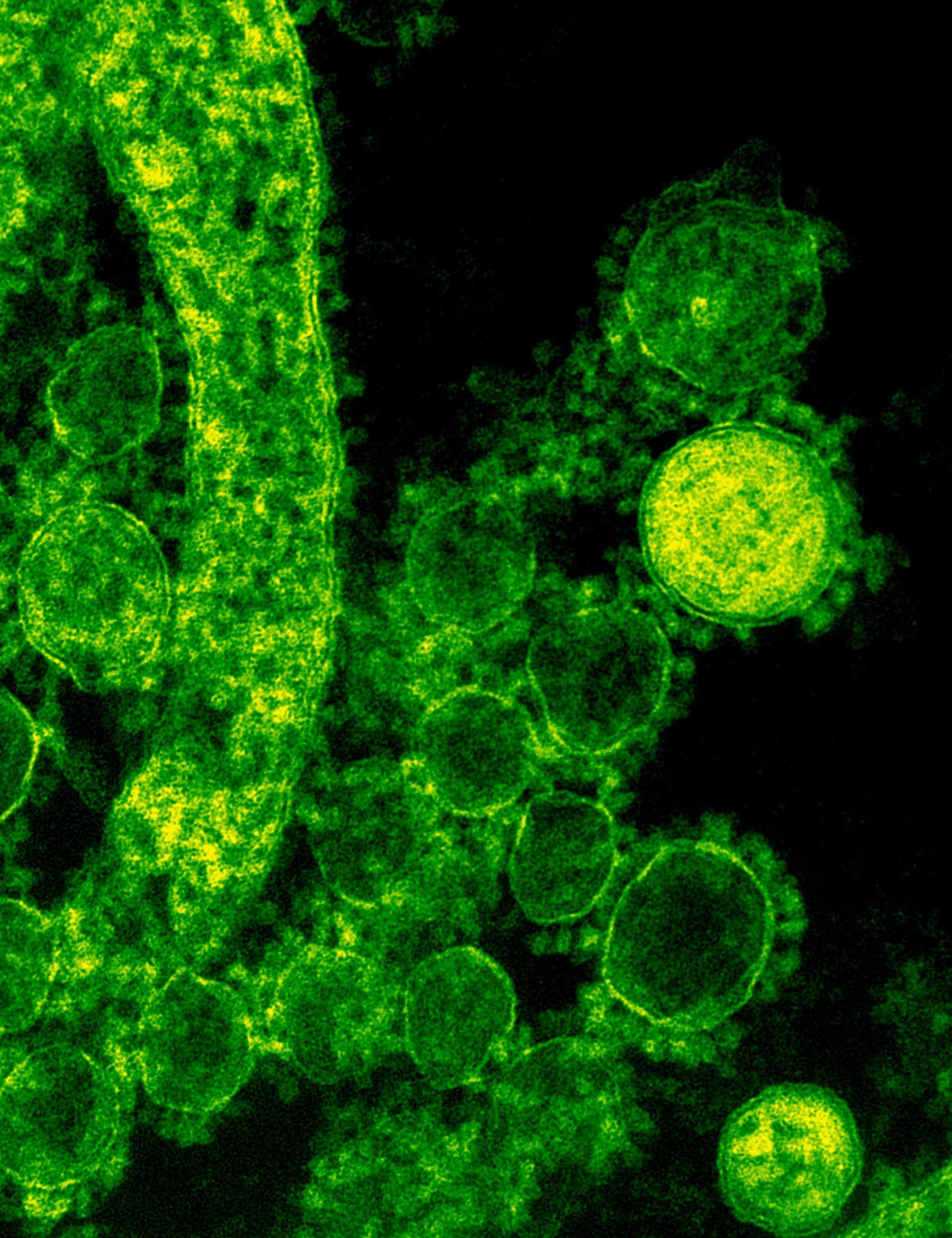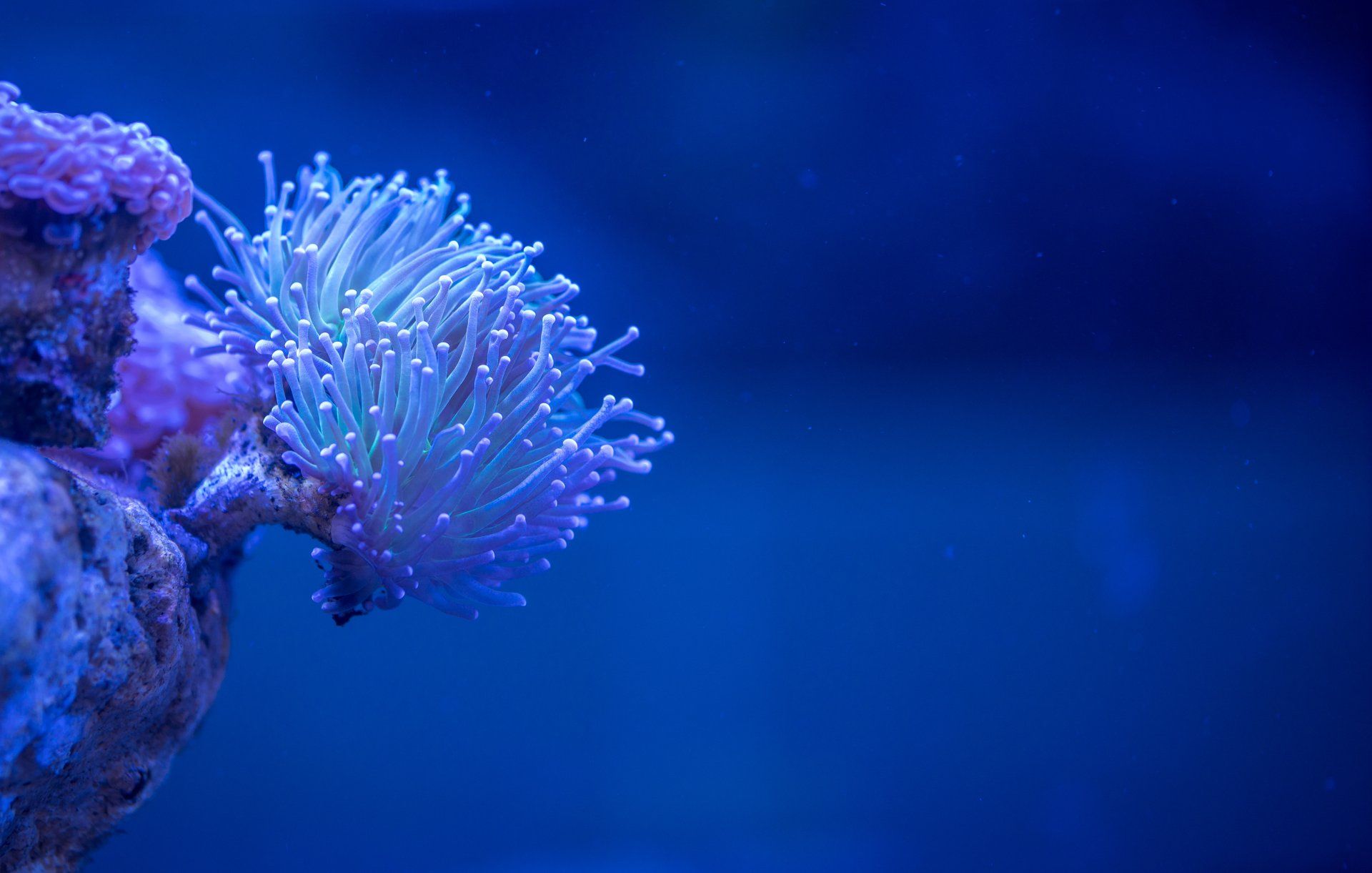Effective Strategies for Preventing Bacterial Infections in Aquariums
How to Solve The Bacterial Infection Issues in Your Aquarium

What are Bacterial Infections and Why are they a Problem in Aquariums?
Bacterial infections can be a serious issue in aquariums, as they can cause illness and even death in fish and other aquatic animals. Bacteria are found naturally in all aquariums, and while most are harmless, some types can cause infections when they multiply to high levels. Common symptoms of bacterial infections in aquarium animals include lethargy, loss of appetite, and visible changes in the skin, fins, or eyes.
Preventative Measures for Reducing the Risk of Bacterial Infections
There are several preventative measures that you can take to reduce the risk of bacterial infections in your aquarium. These include:
- Regularly performing water changes to remove excess nutrients and reduce the risk of bacterial blooms
- Ensuring that the aquarium has sufficient filtration and circulation to maintain water quality
- Using a high-quality, bacteria-inhibiting substrate in the aquarium
- Avoiding overfeeding your aquatic pets, as excess food can contribute to bacterial growth
- Quarantining new aquatic animals before introducing them to the main aquarium to prevent the spread of disease
Mechanical Methods for Reducing Bacterial Populations
If bacterial infections are already a problem in your aquarium, there are several mechanical methods that you can use to reduce bacterial populations. These include:
- Using a protein skimmer, which can remove bacteria and other organic matter from the water through a process of foam fractionation
- Utilizing UV sterilizers, which use ultraviolet light to kill bacteria cells
- Using ozone generators, which can help to kill bacteria and other microorganisms in the water
Chemical Methods for Controlling Bacterial Growth
In some cases, mechanical methods may not be sufficient to fully control bacterial infections in an aquarium. In these situations, chemical methods may be necessary to completely eliminate the problem. These methods include:
- Using antibiotics, which are specifically designed to kill or inhibit the growth of bacteria
- Adding chemicals to the water that can bind with excess nutrients, making them unavailable for bacteria to use for growth
It is important to use caution when using chemical methods for controlling bacterial growth, as some chemicals can be harmful to aquarium inhabitants if not used properly. It is always a good idea to thoroughly research any chemicals that you plan to use in your aquarium and to follow the manufacturer's instructions carefully.
Conclusion
Bacterial infections can be a serious issue in aquariums, causing illness and even death in fish and other aquatic animals. By taking preventative measures and utilizing mechanical and chemical methods as needed, you can effectively prevent and control bacterial infections and maintain a healthy and safe aquarium environment.




